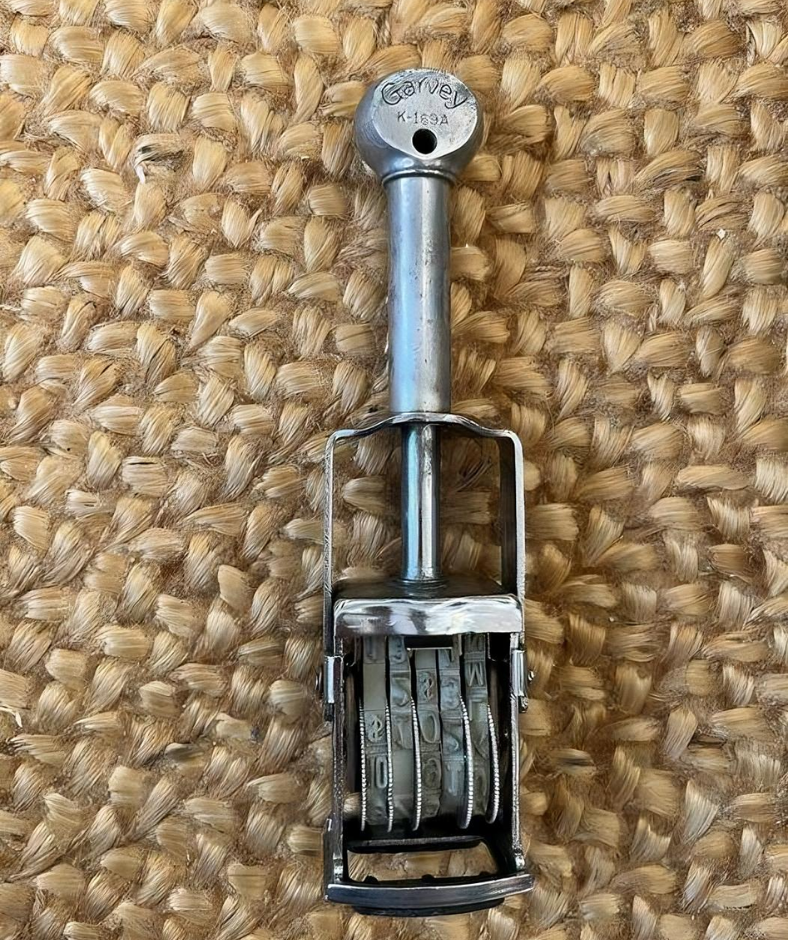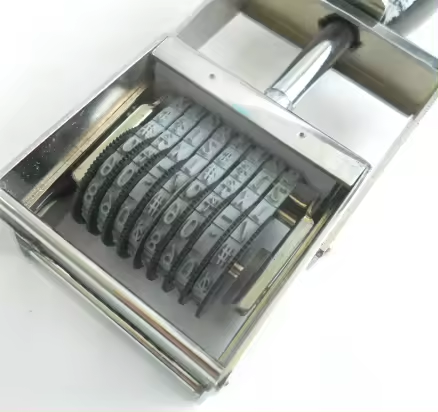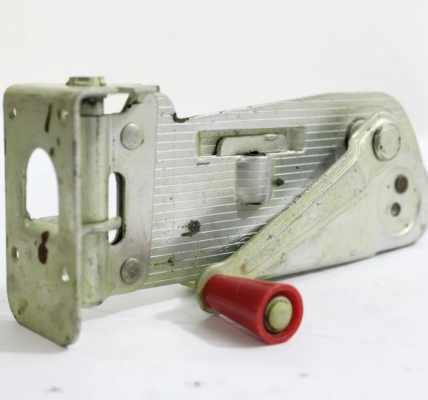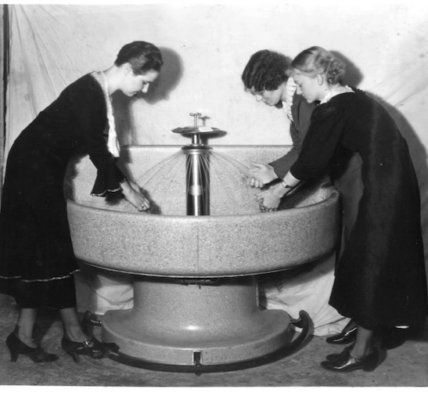The vintage price marker ink stamp is more than just a tool—it’s a symbol of efficiency, craftsmanship, and innovation. Emerging in the early 20th century, this simple yet powerful device revolutionized retail operations, allowing businesses to streamline their pricing processes. As the decades passed, these stamps evolved into indispensable instruments, reflecting the technological advancements and industrial design trends of their time.
In this article, we’ll explore the fascinating history of vintage price marker ink stamps, their significance in the world of business, and their lasting legacy as collector’s items today.
The Beginnings: Early 20th Century Price Marker Ink Stamps

The journey of the vintage price marker ink stamp began in the early 1900s, as retailers sought more efficient ways to mark prices on their products. Prior to this, prices were often handwritten, a process that was time-consuming and prone to error. The introduction of the price marker ink stamp provided a much-needed solution for retail businesses.
Early models were manually operated and required an external ink pad for each stamp. These devices were simple but effective, allowing store owners to mark prices quickly and uniformly across a wide range of items. The stamps were often made from wood or metal and featured adjustable mechanisms that allowed the user to change the price with ease. While rudimentary by today’s standards, these early stamps marked the beginning of a more efficient retail environment.
Mid-Century Advancements: The Rise of Self-Inking Price Markers
By the mid-20th century, the design and functionality of price marker stamps underwent significant improvements. Advances in materials and engineering paved the way for more durable, reliable models. The introduction of self-inking stamps eliminated the need for separate ink pads, streamlining the pricing process even further.
Self-inking models used a built-in ink reservoir, which automatically re-inked the stamp after each use. This allowed for quicker, cleaner, and more consistent price marking, reducing the risk of smudges and errors. Metal components replaced wooden ones, and the overall design became more intricate, with mechanical features that enhanced precision.
During this era, price marker stamps became an essential tool for retailers, helping them efficiently manage inventory, apply promotional prices, and label items uniformly. These stamps not only saved time but also ensured that pricing was consistent and clear—a critical aspect of retail operations.
The Practical Role of Vintage Price Marker Ink Stamps
The primary function of the price marker ink stamp was to apply prices quickly and accurately to products, from groceries to clothing. Retailers used these stamps to mark price labels, inventory tags, and promotional materials, ensuring that customers could easily identify the cost of each item.
One of the key advantages of these stamps was their versatility. They could be used on a wide range of products and packaging, including paper labels, cardboard boxes, and even plastic. This adaptability made them invaluable in various retail environments, from small local shops to large department stores.
Moreover, the consistency offered by these stamps minimized the risk of pricing errors. Manual pricing could often result in discrepancies, especially in busy retail settings. But with the ink stamp, retailers could ensure uniformity, which was crucial for maintaining customer trust and inventory control.
Maintenance and Longevity: Keeping the Stamps in Working Order

Like any tool, vintage price marker ink stamps required proper maintenance to remain functional. Regular cleaning of the ink pads and mechanisms was essential to prevent smudging and ensure clear, legible prints. Replenishing the ink was another routine task, as was checking for wear and tear on the mechanical parts.
Properly maintained, these stamps could last for many years, making them a sound investment for businesses. Some retailers even personalized their stamps with company logos or unique fonts, adding a touch of branding to the pricing process. The durability and longevity of these devices made them a cornerstone of mid-century retail operations.
The Legacy of Vintage Price Marker Ink Stamps
As digital technologies began to emerge in the late 20th century, manual tools like the price marker ink stamp were gradually replaced by more advanced systems. Barcode scanners, electronic price tags, and automated inventory systems took over many of the functions once performed by these stamps. However, the legacy of the vintage price marker ink stamp lives on.
Many modern pricing and labeling tools still draw inspiration from the design and functionality of their vintage predecessors. The principles of efficiency, accuracy, and ease of use—established by early price marker stamps—continue to guide the development of contemporary office equipment. While technology has evolved, the foundational ideas behind these stamps remain relevant.
Collector’s Appeal: The Enduring Value of Vintage Stamps

Today, vintage price marker ink stamps are highly valued by collectors and enthusiasts alike. These devices are admired not only for their historical significance but also for the craftsmanship and industrial design they represent. Collectors often seek out rare models from the early 20th century, particularly those in excellent condition or with unique mechanical features.
Auctions and specialty shops frequently feature these stamps, with some fetching significant sums due to their rarity and condition. For collectors, owning a vintage price marker ink stamp is like owning a piece of retail history—a tangible reminder of the ingenuity and practicality of the past.
Conclusion: A Symbol of Retail Innovation and Craftsmanship
The vintage price marker ink stamp stands as a testament to the ingenuity and practicality of early 20th-century business tools. From its humble beginnings as a manual pricing device to its evolution into self-inking models, this tool revolutionized retail operations and paved the way for modern pricing systems. Today, these stamps continue to captivate collectors and enthusiasts, not only for their historical significance but also for their craftsmanship and design.
As we reflect on the journey of the vintage price marker ink stamp, we are reminded of its lasting legacy in the world of retail and office equipment. Though digital technologies have largely replaced these manual tools, their impact on business operations and their enduring appeal as collector’s items ensure that their story lives on.




